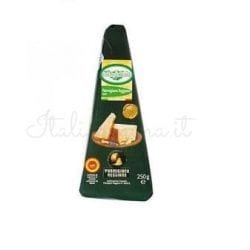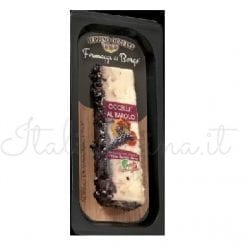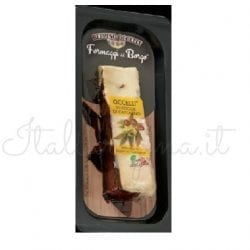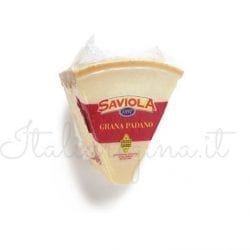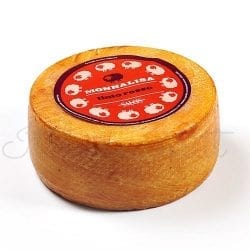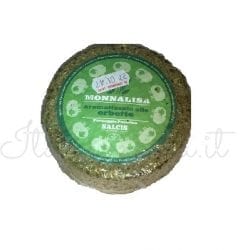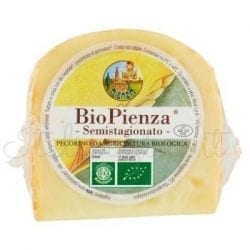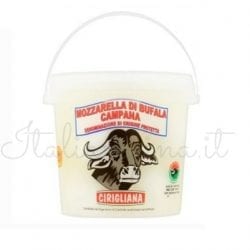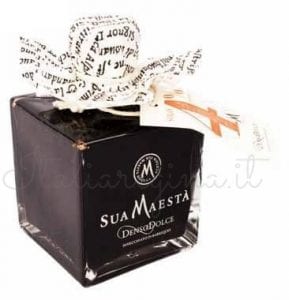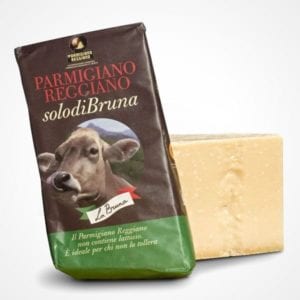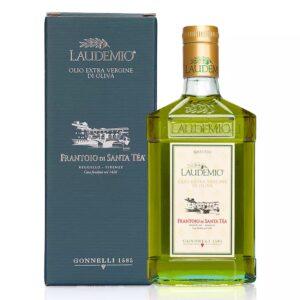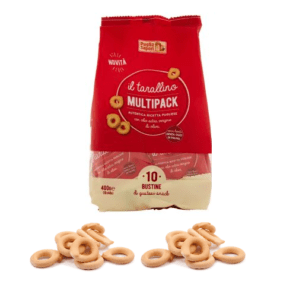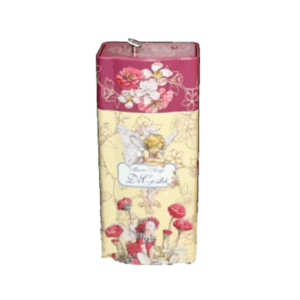Beware of counterfeit cheeses, which are more common than you might think and which are also harmful to health.

Counterfeit cheeses, how can we recognize them?
Usually for us Italian and who know the labels of our products well, it is not particularly complicated. But there are situations in which we too can be deceived by the presence of counterfeit cheeses on the market. In particular, Parmigiano Reggiano and Grana Padano are the most imitated of all. It is necessary to know how to distinguish good and original cheeses from counterfeit cheeses. The operations carried out by the law enforcement agencies in charge led to the emergence of foods containing potentially carcinogenic substances and among other things not even indicated on the reference labels. Specifically, we speak of sodium hydroxide, aflatoxins and also of veterinary medicines present in even consistent traces. Even the lactic ferments used are present in a higher manner than the originals, and this in order to provide a flavor as close as possible to real Grana and Parmesan. These fakes always come from abroad, in particular from non-European countries. Even when they bear marks that seem in every way identical to those of the originals.
How can we see if what we have bought is a real cheese or a mere imitation?
For example, the brand imprinted on the rind, which must be clean and must have the serial number of the producer and the initials of the province where the cheese was made. Usually these are the provinces of Bologna, Modena, Parma, Reggio Emilia and Mantua. In the case of grated Parmesan or Parmesan cheese, the DOP mark of the Consorzio di Tutela must be present.
Finally, the recommended seasoning is 30 months, but it can also be only a year.
Taste Italian Cheese: Buy Now!
-

Parmesan (24 months) – Solo di Bruna – 800 gr
€34.90 -

Fontina PDO – 250 gr
€7.60 -

Parmesan PDO Cheese – Parmigiano Reggiano – 250 gr
€9.90 -

Italian Cheese with Barolo Wine – 80 gr
€7.90 -

Italian Cheese with Maggengo Hay – 80 gr
€7.90 -

Italian Cheese with Chestnut leaves – 80 gr
€7.90 -

Italian Grana Padano – Saviola
€12.30 -

Italian Pecorino Cheese – Salcis Rigatino Tinto Rosso 400 gr
€11.70 -

Italian Pecorino Cheese Herb Infused – Salcis 400 gr
€11.70 -

Italian Pecorino Romano DOP
€8.00 -

Italian Pecorino (BIO) – Alival GROUP 380 gr
€7.00 -

Italian Mozzarella Buffalo Bocconcini
€16.00



